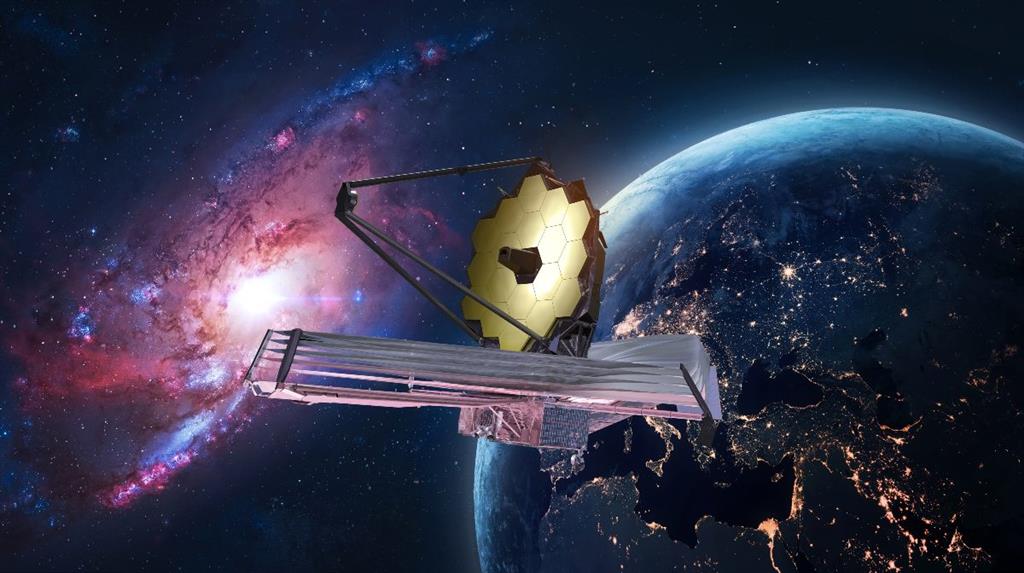
Washington, Oct 4.- The James Webb Space Telescope detected carbon dioxide and hydrogen peroxide for the first time on the icy surface of Pluto's largest moon, Charon, Nature Communications publishes today.
Scientists also confirmed, through telescope observations, the presence of frozen water and ammonia in the icy Charon.
They specify in their article that carbon dioxide can be released from the interior through impact craters, and hydrogen peroxide is formed by irradiation processes on the satellite's ice.
The moon Charon, the largest of the dwarf planet Pluto, has been the subject of numerous studies since its discovery in 1978. In 2015, the New Horizons mission provided photographs of its surface and relevant information about its composition, such as the presence of water ice, ammonia and organic compounds.
According to the authors, detecting these compounds is important to study the origin and evolution of the icy bodies of the Kuiper belt – located beyond Neptune and where dwarf planets such as Pluto are located –, in addition to the effects of irradiation and photolysis ( decomposition of molecules in the presence of light) on their surfaces. Unlike many of the larger Kuiper Belt objects, Charon's surface is not obscured by highly volatile ices such as methane and therefore provides valuable information about how processes such as exposure to sunlight and ' cratering' affect these distant bodies, says lead author Silvia Protopapa, from the Southwest Research Institute in the United States. (Text and Photo: PL)